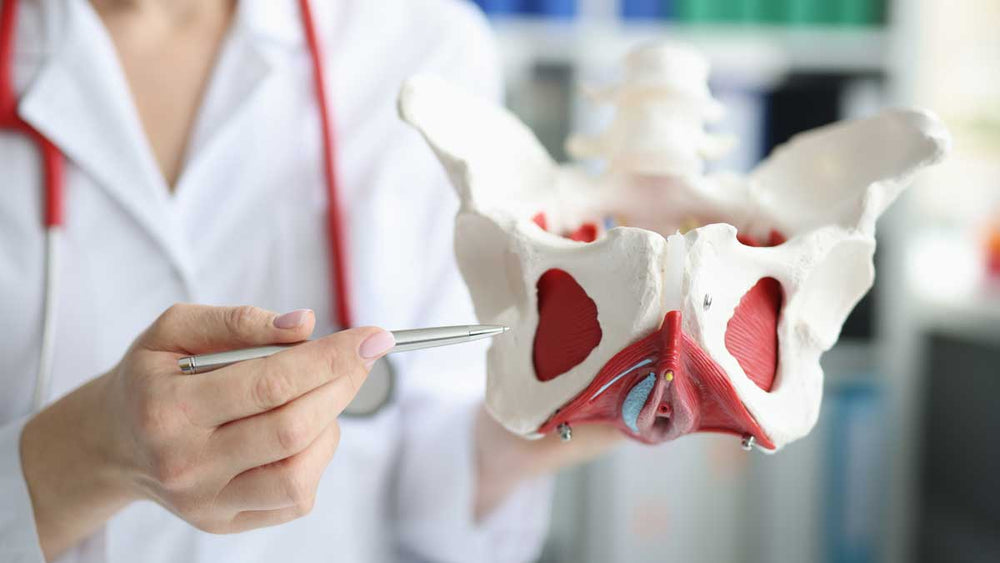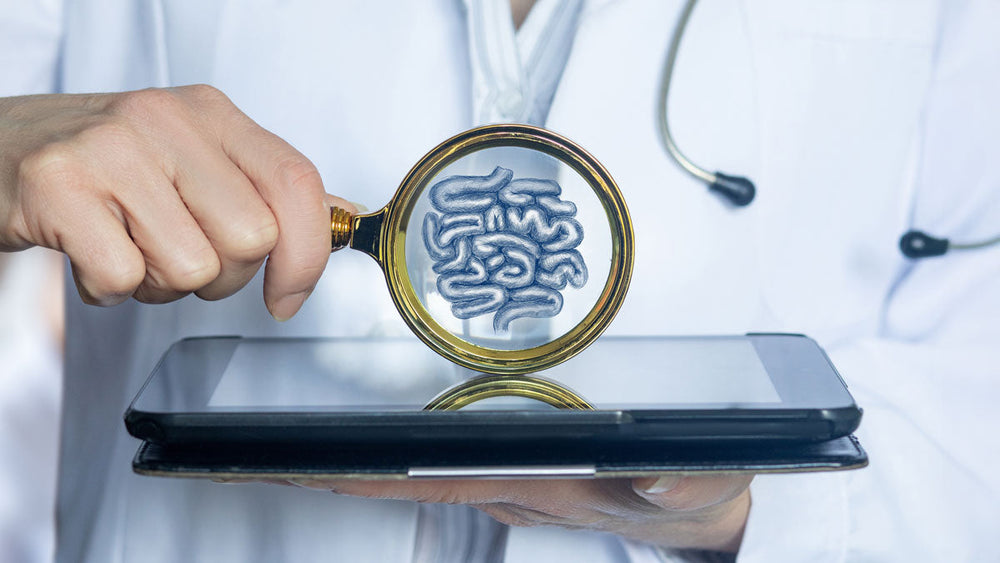Can pelvic floor therapy help with bowel incontinence?
Bowel or fecal incontinence is unfortunately a prevalent problem that can affect one's quality of life making it difficult to do daily tasks and participate in social interactions. An IBS cohort study out of Neurogastroenterology and Motility reported that 14-20% of IBS sufferers experienced fecal incontinence with adverse impacts noted on psychological symptoms, work productivity, as well as the overall quality of life.
People who suffer from fecal incontinence may have one or more of the following:
- Diagnosis of Irritable Bowel Syndrome (IBS)
- Diagnosis of inflammatory bowel disease- ulcerative colitis or Crohn's disease
- History of a traumatic life event: sexual, physical, or emotional abuse
- A traumatic child birthing experience and/or perineal tearing, diastasis recti
- Surgery
Pelvic floor rehabilitation has been identified as a promising treatment for the correction of fecal incontinence and research has shown positive results to promote pelvic floor rehabilitation as a front-line treatment alongside lifestyle modifications and medication use (loperamide). Also known as pelvic floor muscle training, this type of physical therapy aims to strengthen the muscles of the pelvic floor, which support the bladder, uterus or prostate, and rectum. If these muscles are not functioning properly, it can lead to problems such as bowel incontinence.
In a 2019 randomized controlled trial of people suffering from fecal incontinence, participants that underwent pelvic floor therapy in conjunction with biofeedback therapy were 5 times more likely to report improvement in fecal incontinence symptoms compared to participants in the control group. There is additional research that supports these findings.
What is pelvic floor rehabilitation?
Biofeedback therapy (BFT)
This encompasses multiple modes of therapy. Biofeedback means you learn greater awareness of physiological functions- you learn to become more aware of what your body is telling you to do.
- Improves strength and endurance of anal sphincter and pelvic floor muscles
- Improves rectal sensitivity
- Improves coordination of the anal sphincter
The most common type of BFT is the use of Electromyography (EMG). Intrarectal sensors and electrodes are used to gather data on contractions of the anus and pelvic floor. Other forms of biofeedback therapy include the use of ultrasound, rectal balloons, anorectal manometry, and digital guidance.
Pelvic floor muscle training
The goal of this type of training is to improve muscle tone and correct use of pelvic floor muscles but can also include training of the thoracic and abdominal muscles, which are also commonly used for defecating. Kegel exercises are commonly recommended and instructions are verbally given by a practitioner. Biofeedback is also used in conjunction with this form of treatment for fecal incontinence.
Electrical stimulation
This type of treatment has the goal of enhancing the strength or endurance of striated muscle contractions. This treatment can increase blood flow to the muscle fibers which will help with improving endurance. It also helps to transform fast-twitch muscle fibers into slow-twitch muscle fibers which also improves endurance. Electrical stimulation is commonly used in conjunction with other forms of therapy such as pelvic floor muscle training and biofeedback training, however, it can be used on its own as a single modality treatment.

It is common for practitioners to provide bowel management education and retraining.
- Diet modifications include increased fiber intake (soluble fiber), reduction of food triggers such as dairy, gluten, and FODMAPs, and increased water intake.
- Behavior modifications include training individuals to obtain predictable bowel habits, teaching them posture and technique when defecating, and identifying the proper timing of defecation in relation to activities to avoid incontinence situations.
If you suffer from fecal incontinence and want to gain more control over this- speak with your medical provider or dietitian to see if pelvic floor therapy is an option for you.
- Simrén, M., Palsson, O. S., Heymen, S., Bajor, A., Törnblom, H., & Whitehead, W. E. (2017). Fecal incontinence in irritable bowel syndrome: Prevalence and associated factors in Swedish and American patients. Neurogastroenterology and motility : the official journal of the European Gastrointestinal Motility Society, 29(2), 10.1111/nmo.12919.
- Khera, A. J., Chase, J. W., Salzberg, M., Thompson, A. J., & Kamm, M. A. (2018). Gut-directed pelvic floor behavioral treatment for fecal incontinence and constipation in patients with inflammatory bowel disease. Inflammatory Bowel Diseases.
- Quinton, S., & Doerfler, B. (2022). Psychological and nutritional factors in pelvic floor disorders. Gastroenterology Clinics of North America, 51(1), 145–156.
- Scott, K. (2014). Pelvic floor rehabilitation in the treatment of fecal incontinence. Clinics in Colon and Rectal Surgery, 27(03), 99–105.
- Ussing, A., Dahn, I., Due, U., Sørensen, M., Petersen, J., & Bandholm, T. (2019). Efficacy of supervised pelvic floor muscle training and biofeedback vs attention-control treatment in adults with fecal incontinence. Clinical Gastroenterology and Hepatology, 17(11).





















Comments
Join The Conversation...